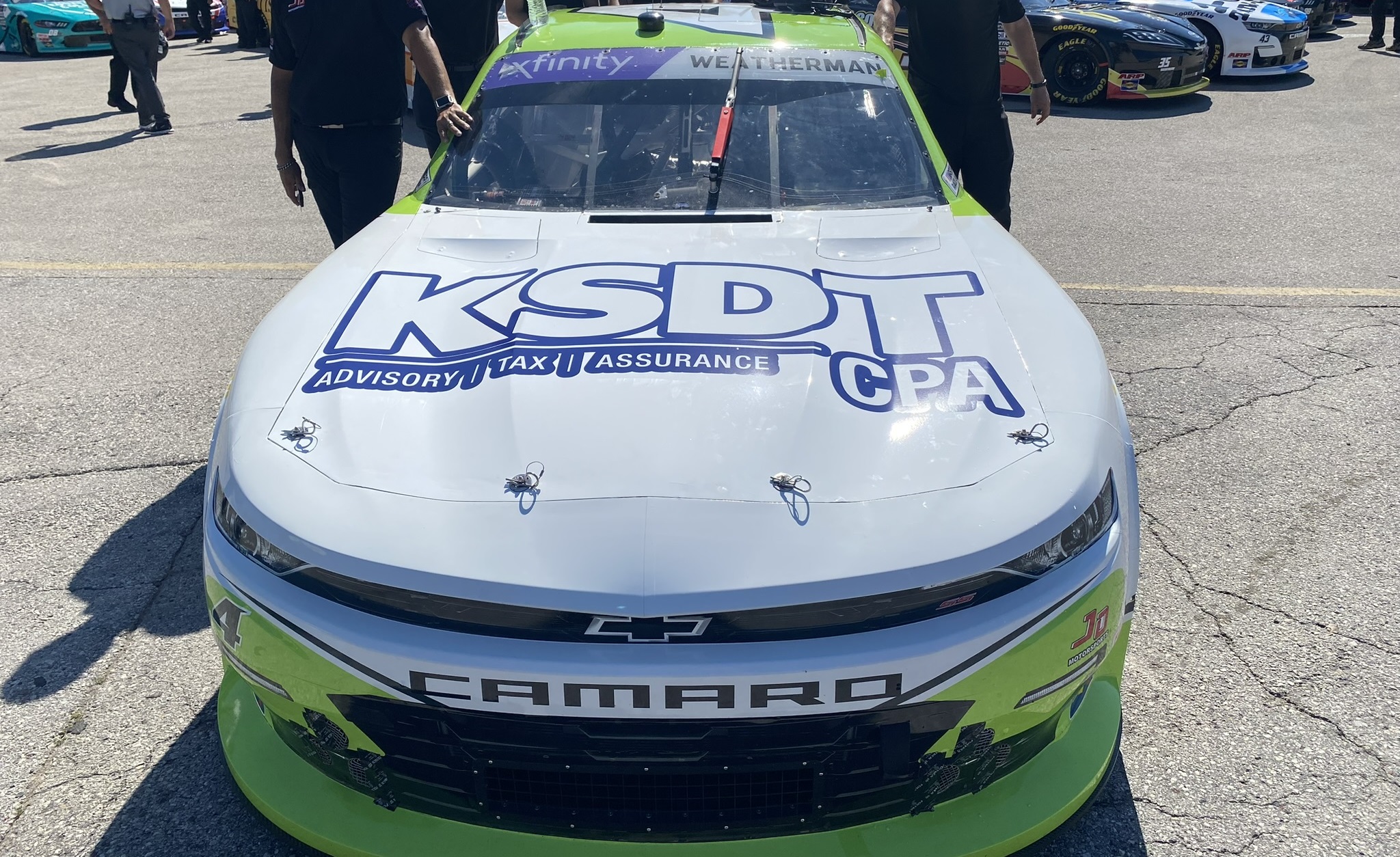How to Calculate the True Cost of Sales
By Tim Wheatcroft
“Build it and they will come” may have worked in the movie Field of Dreams, but for any business looking to generate sales from its latest product or service, things aren’t so simple, and few products simply sell themselves.
Generating sales can be a complex and sometimes expensive endeavor, with marketing campaigns, lead nurturing programs, solution demos, RFPs, on-site presentations and follow-up meetings all forming a part of the typical process. Even after the initial sale, account managers need to ensure that customers remain happy with the relationship and, where possible, upsell new products and services.
The Challenge: Disparate Data Sources
Many companies already have both CRM and expense automation solutions in place; however, these solutions only tell half the story on their own. Although both solutions may contain highly detailed information about travel and entertainment expense items and prospects or customer accounts, there is no simple, automated way to correlate this information to gain transparency into the ROI.
This complexity could explain why only 13 percent of the more than 200 sales executives surveyed across the U.S., Canada, Britain and Australia said that their employers track their travel spend against the revenues that they generate.* It’s simply too much of a cumbersome task.
Absent this information, it’s difficult to know the true cost of sales, and it’s even harder to perform meaningful analysis of the efficacy of a team’s travel and entertainment expense spend (and harder still on an individualized sales executive basis). While it may be possible to calculate accrued cost of sale average, it’s much more difficult to determine how this may fluctuate amongst accounts of different sizes, without downloading data from the expense and CRM solutions into spreadsheets, then manually categorizing and cross-referencing individual groups of data. Making sense of more nuanced data is even more difficult, such as: what expense types deliver the most return on investment? are there team-wide or individual trends for the value generated by certain expenses, such as taking prospects out for meals? how often should customers be visited each year?
If companies can’t accurately tack cost of sales, budgeting becomes a difficult process for the finance and accounting teams, as it’s based on snapshots of data which can also often be incomplete or inaccurate. This can lead to some sales team members’ travel budgets being higher or lower than necessary, resulting in either inefficient spend – for those who have more budget than appropriate – or curtailed trips – for those who have a lower budget than they should, based on their performance. In additional, should budgets need to be adjusted over the course of the year (which is often the case, with research showing that most travel budgets are adjusted at least twice a year), poorly informed decisions could lead to across-the-board cuts. These cuts can potentially impact the team’s ability to close sales, as they are unable to visit prospects as often as necessary. If the sales team’s travel and entertainment is seen as a cost that needs to be minimized rather than an investment that needs to managed effectively to deliver the most value, it can have a serious impact on an organization’s ability to grow.
Integrating multiple data sources
The challenge that remains is how to create a clear, visual way to see the impact travel and entertainment spend has on revenue generation. How can sales teams become more efficient, reduce unnecessary spend which doesn’t deliver effective results, and increase investment in the tools that have proven ability to generate value?
By synching an organization’s expense management and CRM data – from accounts and opportunities, down to individual contacts – into a single dashboard, it’s possible to allocate detailed travel and entertainment expense data to each record. This data can then be viewed within the interface, clearly showing how much each member of the team has spent on a specific prospect or customer, even down to the level of individuals at each organization. This expense data is shown alongside information such as account size, so it’s easy to see at a glance how spend compares to others for a specific account
If this data can be viewed in a clear, map-based dashboard, sales team leaders can obtain high-level snapshots at a glance, as well as drill down into accounts or sales team members’ activity to obtain more granular insight. This insight can be used to see historical trends on the effectiveness of the travel and entertainment spend. The real benefit lies in the ability to make smarter short- and long-term planning decisions. Sales leaders easily can see where their team members’ upcoming travels are planned, and by mapping this against account data, can make suggestions for other customers they can visit to maximize the trip. Finance teams can use this historical data to make smarter, more informed travel and entertainment budget calculations thereby increasing the investment in more effective sales team activities. Instead of flying blind with half-baked data, businesses can be confident that they are making the correct decisions, which can reduce unnecessary spend while also driving additional revenues. That’s a sure way to grow any business.
* Research conducted by YouGov for Chrome River
Tim Wheatcroft is the head of communications at Chrome River Technologies. He can be reached at tim.wheatcroft@chromeriver.com.
=========
Top Small Business Blogs & Social Media
5 Traits that Make Veterans Great Entrepreneurs. Patrick MacKrell, Bplans blog.
http://bit.ly/2AUZdaC
12 Tools to Boost E-commerce Profits. Gene Marks, Avalara blog.
http://bit.ly/2iwgmAu
The Small Business Owner’s Weekly Reading List. Stephanie Davis, SurePayroll blog.
http://bit.ly/2zRdZlm
10 Tips for Improving Customer Experience and Growing a Business. Annie Pilon, Small Business Trends.
http://bit.ly/2mHTjY0
Recognizing and Managing Entrepreneurial Burnout. Sherry Walling, CorpNet blog.
http://bit.ly/2zSWjWS
=========
Small Business News
Small Businesses Increase Hiring, but Face Challenges Finding Staff. Following the largest increase in a decade, small business optimism held steady in the fourth quarter.
www.cpapracticeadvisor.com/12382443
Republicans and Democrats Agree on the Value of Homeownership. Many issues have a distinct political divide, but the majority of Republicans and Democrats agree on the value of owning a home.
www.cpapracticeadvisor.com/12380858
Thanks for reading CPA Practice Advisor!
Subscribe Already registered? Log In
Need more information? Read the FAQs
Tags: Firm Management, Small Business




